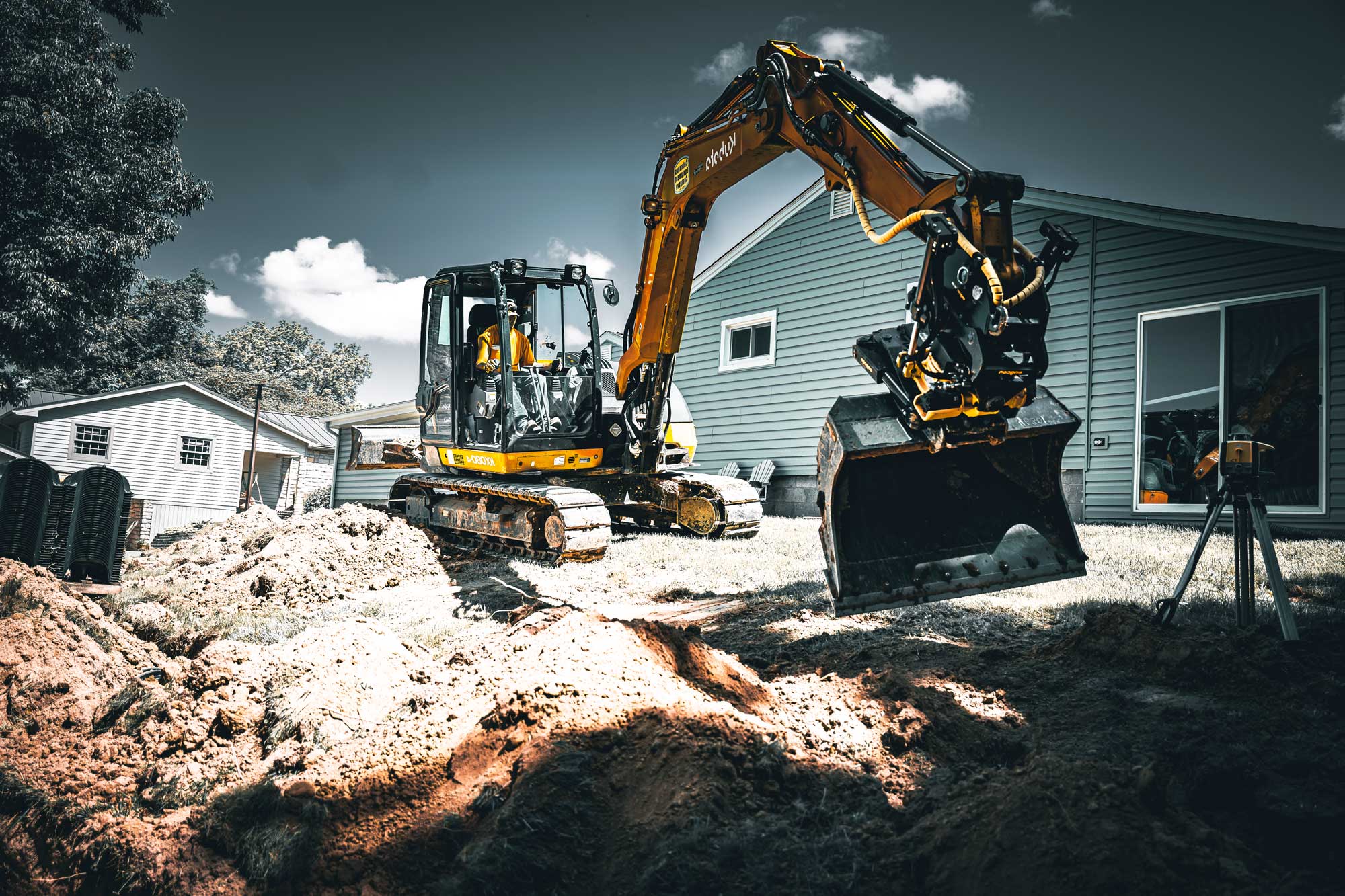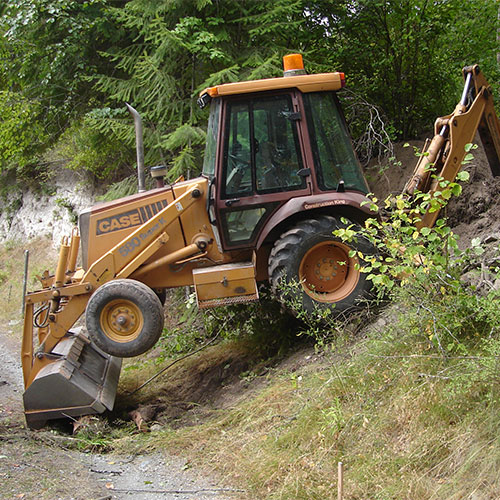Lancaster Trenching - Expert Trenching Solutions in Lancaster, Ohio
Lancaster Trenching - Expert Trenching Solutions in Lancaster, Ohio
Blog Article
Revealing the Art of Excavation: Pro Tips for Safe and Productive Digging
As soil is turned and planet is relocated, the intricacies of excavation reveal themselves, requiring a keen understanding of tools, soil structure, safety procedures, and ecological considerations. The expertise needed to navigate these aspects efficiently can mean the difference in between a successful excavation job and a prospective catastrophe.
Importance of Appropriate Devices
To ensure the safety and efficiency of any type of excavation job, using the proper tools is extremely important. Excavation projects vary in extent and intricacy, varying from small property landscape design tasks to massive building endeavors.
These functional makers come in various dimensions to match different project needs. Tiny excavators are suitable for smaller jobs, while larger excavators tackle a lot more substantial projects effectively.
Excavators succeed in tasks that need pushing large quantities of soil or debris. By investing in the appropriate equipment, excavation projects can be completed securely, on time, and with accuracy.
Understanding Soil Structure
A thorough understanding of dirt make-up is basic for implementing excavation tasks with accuracy and safety and security. Recognizing the various kinds of soil is important as it straight affects excavation approaches, tools option, and general project performance.
Sand particles are the biggest and offer good drainage yet supply little communication. Silt particles are smaller than sand yet bigger than clay, using moderate drainage and cohesion. Clay fragments are the smallest and provide high communication but poor water drainage. Raw material, such as decomposing plant product, impacts dirt fertility and security.
Prior to starting excavation, performing dirt tests to establish its structure and qualities is important. This information aids in choosing the appropriate tools, carrying out safety actions, and establishing excavation techniques customized to the particular dirt conditions - septic ohio. By understanding dirt composition, excavation professionals can boost job end results while guaranteeing safety and security and adherence to finest techniques
Security Actions and Procedures
Recognizing soil make-up is the cornerstone whereupon safety steps and procedures for excavation jobs are constructed, guaranteeing the health of workers and the success of the venture. There are numerous key steps that need to be applied to mitigate dangers and stop crashes. when it comes to safety throughout excavation.
Primarily, before any kind of excavating commences, a complete inspection of the site ought to be carried out to recognize any kind of possible hazards such as underground energies, unpredictable soil problems, or close-by frameworks that can pose a danger. It is important to have an experienced person supervise the excavation process to guarantee that all security procedures are complied with strictly.
Moreover, all workers included in the excavation needs check over here to be appropriately trained in risk-free digging techniques and the proper procedure of devices. Personal protective tools (PPE) such as construction hats, high exposure apparel, handwear covers, and security boots ought to be worn in all times to decrease the risk of injuries. septic ohio. Normal security meetings and tool kit talks must additionally be conducted to keep all employees informed about potential risks and strengthen risk-free job techniques. By sticking to these precaution and procedures, excavation jobs can be completed effectively and without incident.
Effective Excavation Planning
When getting started on an excavation task, careful planning is vital to ensure performance, security, and successful end results. Reliable excavation planning includes numerous essential actions that are important for the smooth execution of the task. The very first step is to perform an extensive site assessment to determine any possible dangers, such as underground energies or unstable dirt conditions. This details is get redirected here crucial for developing a thorough excavation strategy that includes precaution and take the chance of reduction approaches.
As soon as the site evaluation is full, the next step is to create a clear timeline and routine for the excavation tasks. This consists of identifying the series of tasks, equipment demands, and workforce allowance. Appropriate organizing aids avoid hold-ups and ensures that the job remains on track.

Moreover, communication among all team members is critical during the planning phase. Clear directives, regular updates, and effective coordination are important for a successful excavation project. By investing time and effort in meticulous preparation, excavation groups can dramatically boost performance, lessen dangers, and accomplish successful outcomes.

Handling Environmental Factors To Consider
With enhancing focus on ecological sustainability in building techniques, managing environmental factors to consider has come to be a vital element of excavation tasks. Excavation tasks have the prospective to impact the surrounding setting with dirt disintegration, sediment overflow, habitat disturbance, and contamination of water sources. To minimize these dangers, it is vital to carry out best methods that focus on environmental management.

Moreover, appropriate waste administration is vital to stop soil and water contamination. Carrying out procedures for the disposal of dangerous materials, recycling of waste materials, and minimizing using hazardous chemicals can considerably decrease the ecological influence of excavation tasks. By incorporating these methods into excavation planning and implementation, building and construction business can make sure that their click over here now projects are not just secure and efficient however also environmentally liable.
Conclusion
In conclusion, understanding the art of excavation needs an extensive understanding of appropriate equipment, dirt structure, precaution, and efficient planning. By adhering to these guidelines and considering ecological factors, excavations can be performed safely and successfully. It is vital to prioritize safety and security and efficiency in every digging task to guarantee effective results.
As soil is transformed and earth is moved, the intricacies of excavation expose themselves, demanding an eager understanding of equipment, dirt composition, safety and security procedures, and environmental factors to consider.To guarantee the safety and security and effectiveness of any excavation job, making use of the appropriate tools is paramount.An extensive understanding of soil make-up is fundamental for carrying out excavation projects with precision and safety and security. Understanding the different kinds of soil is critical as it directly affects excavation approaches, equipment choice, and general job performance. By understanding soil make-up, excavation professionals can improve job end results while guaranteeing security and adherence to ideal techniques.
Report this page